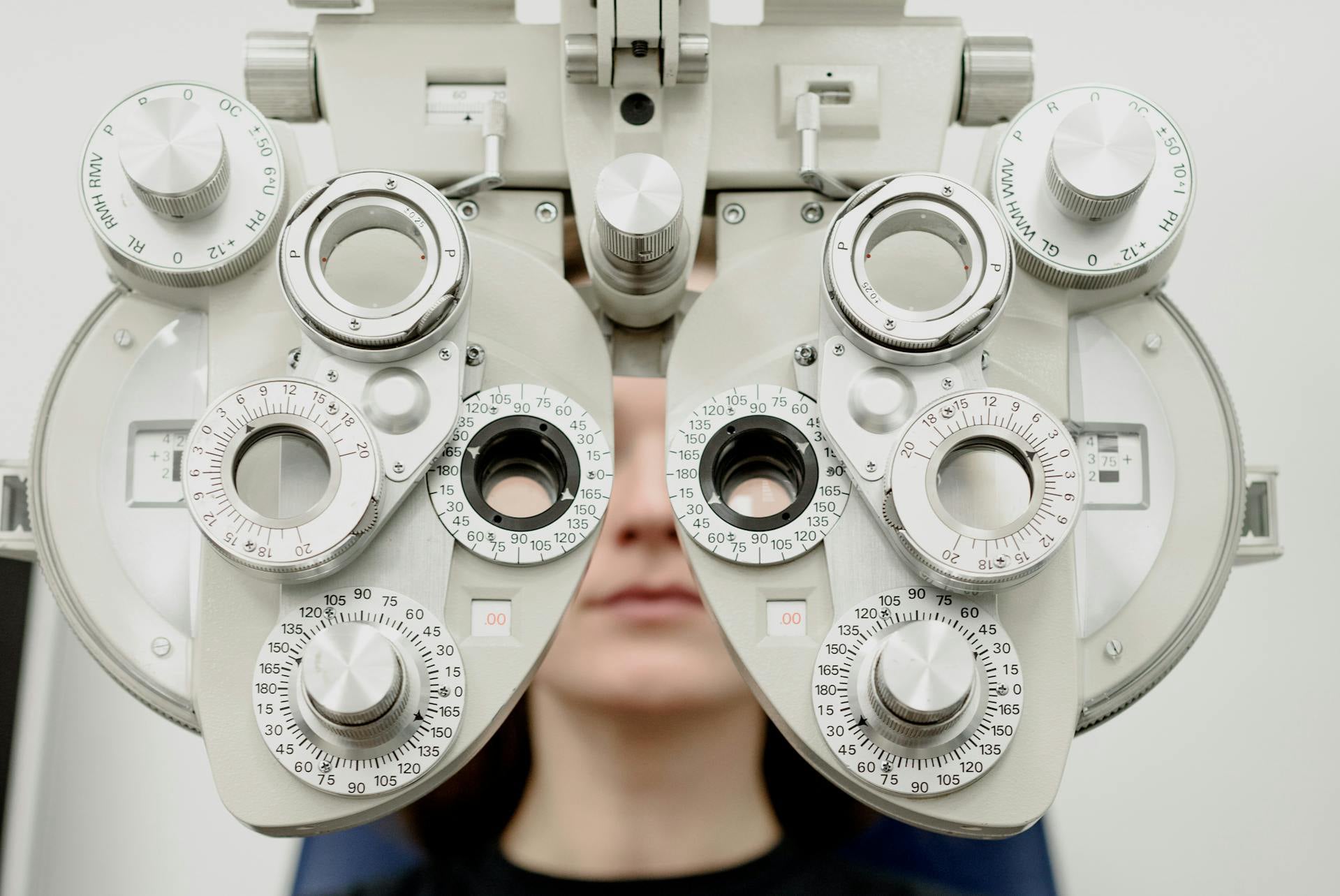
What is Myopia?
Nearsightedness, or myopia, is a vision condition that causes people to have difficulty seeing objects that are far away. These patients have problems seeing things such as the school blackboard, traffic signs, clocks, and other objects, but have no problems with close-up objects such as the newspaper. Over ¼ of adults worldwide are affected by myopia.